If the class you choose to play as is a Druid, you might find that they aren’t the best with multiclassing. However, there are ways you can make your Druid a bigger threat.
Here are some multiclass options that work great for Druids in Baldur’s Gate 3.
Druid multiclass options in BG3
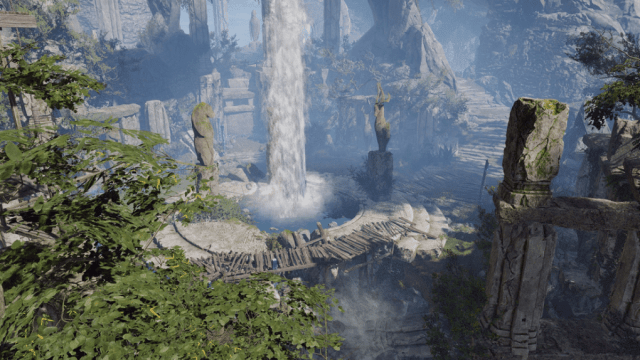
Druids are potent casters with the ability to Wild Shape into powerful beasts. They have impressive armor and defensive spells but lack truly absurd damage. Multiclassing can solve that, as well as improve their relatively mediocre spell list.
You will not see Circle of the Moon Druids on this list. A Wild Shaping Druid doesn’t get many benefits outside of those set up by the animal, so Moon Druids benefit a lot more from going all-in on their class.
Decaying Rage: Druid 7/Barbarian 5
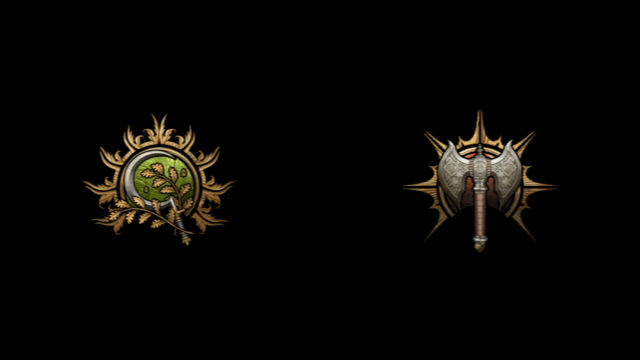
- Role in party: Frontline bruiser, spellcaster
- Pros: Extraordinary durability, better accuracy than standard Druids.
- Cons: Spellcasting caps at level four, worse temporary health, no access to spore spreading as a bonus action.
- Feats: Ability score improvement, Polearm Master
- Important magic items: Armor of the Sporekeeper, The Dancing Breeze
Decaying Rage brings the Barbarian‘s impeccable durability to the Druid’s Circle of the Spore subclass.
To make this work, we recommend getting two levels in Druid, five levels of Barbarian, and then back to Druid. This will make you very weak during midgame, so feel free to respec at Withers at level seven instead.
Your race isn’t terribly important, though Half-Orc will boost your damage very slightly. Background doesn’t truly matter either, though anything that gets you Animal Handling or Survival is helpful. Skills of note include Perception, Survival, and Medicine.
The build
Your Ability Scores are spread quite thin. 16 Strength and 16 Wisdom is a good idea, as is 14 Dexterity and 12 Constitution. We highly recommend getting the Gauntlets of Frost Giant Strength so you can focus on defensive stats and less on Strength.
Your subclasses are Circle of Spores and Wildheart (Bear). The Circle of Spores is our temporary health factory, and Bear Rage will be exactly what we need to keep our Symbiotic Entity alive during tough fights.
The Druid can learn spells at any time, and your Rage can cancel out concentration spells. Because of this, try to keep spells around like Longstrider, Enhance Leap, Speak with Animals, Flame Blade, Plant Growth, and Conjure Elementals. These spells are more likely to stick around if you panic and enter a rage. As for cantrips, Guidance, Resistance, and Thorn Whip are worth considering.
Our feats are straightforward. Get your Strength to 20 for accuracy purposes. If you decide to keep your Strength at a specific number through items, you can instead get offensive feats like Polearm Master. You only have two feats, so focus on dealing multiple instances of damage. Great Weapon Master is quite funny, though.
Magic items are from a good mixture of Barbarian and Druid. Barbarians should get big, strong defensive items, like The Dancing Breeze for area of effect damage and Cloak of Resistance to keep them alive longer. Spore Druids have the unique Armor of the Sporekeeper item, which is excellent for buffing allies and debuffing enemies.
Uses
Before combat, wrap yourself in your Symbiotic Entity to improve your durability and damage.
When in combat, you’ll have to make a decision about whether or not to activate Rage. While Raging, your Druid gains resistance to almost all damage and becomes a machine of war, thanks to its overshield of 28 temporary health.
However, you can’t support allies or cast strong spells like Spike Growth or Polymorph while mad. If you have a feeling fights will be more than physical combat and targeting a single person at a time, consider casting spells to lock down foes or deal damage to distant groups. You only have three rages and so many spell slots, so divide your resources carefully.
Out of combat, the Druid can relearn spells for a variety of utility scenarios, so be sure to swap those around. Make sure you have useful Wisdom skills to capitalize on your relatively high mental stat.
Lightning’s Bite: Druid 9/Cleric 3

- Role in party: Support caster
- Pros: Gain strong first level spells, Heavy Armor proficiency, Domain abilities.
- Cons: Lose some health on Wild Shape, lose access to level six Druid spells.
- Feats: Ability Score Improvement.
- Important magic items: Markoheshkir, Sparkstruck Equipment
The Druid is decent at getting Lightning damage. But what if they could support their low-level spell slots while also maxing out Lightning strikes? Let’s say hello to the Tempest Cleric.
The build
At some point in your adventure, get two levels in Cleric. We recommend getting these at around level two. It doesn’t matter when you get them, since you’re still going to be a pure caster with great magic.
Your race and background matter little, though we like Wood Elves for movement speed and Perception proficiency.
The only abilities that matter for you are Wisdom and Constitution. Pump those to 16. Your Dexterity is your next priority and getting it to 14 is a good idea. No other stat matters at all, so feel free to get Wisdom to 17. That lets you benefit from Auntie Ethel.
As for your subclasses, you’re going to be a Circle of Land Druid and a Tempest Cleric. Circle of the Land is your casting Druid while Tempest Cleric lets you cap out Lightning damage once per short rest. That means your Lightning Bolt can deal its full 60 damage to all targets, or your Call Lightning 30 damage.
While Druids and Clerics can learn spells whenever they want, you should choose Underdark, Mountain, Underdark, and then Underdark. These give you very solid out-of-Druid spells, including our Lightning Bolt. Sadly, we can’t learn Haste with this setup, but it’s going to have to do.
Cantrips should include Guidance, Sacred Flame, and Resistance. Any other cantrip is largely flavor and should be based on your party’s needs.
Feats are just bumping Wisdom towards 20. Once you get there, if you have another feat left over due to extra ability score adjustments, you can instead get Resilient (Constitution) or War Caster.
As for items, it’s important for you to get as many plus-one DC items as you can get your hands on, like the Cloak of the Weave. This build can also benefit from the Sparkstruck gear and Markoheshkir’s Lightning activation, however, which build and spend Lightning Charges. Since you can max out Lightning damage, it can be handy to time your Lightning Charges to a big area-of-effect like Lightning Bolt so you can also use the Tempest Domain’s Destructive Wrath to hit really, really hard.
Uses
Realistically, the best way to use this Druid is to pepper enemies from the sidelines with cantrips until you can line up a highly damaging Lightning Bolt. Set up concentration spells like Call Lightning or Spike Growth to control the battlefield, then hammer foes with spell effects.
Your Natural Recovery feature should be used to get back a level three and a level one spell since you have four charges. That’s because your level one spell list is stacked, with options like Bless and Shield of Faith being easy winners. Your level two spells got a bump from Cleric, too, with Spiritual Weapon specifically being such a help during fights, even if it doesn’t do Lightning damage.
Wild Shape only if you have Call Lightning set up. Your Wild Shapes are good, but not the focus of your build.
Out-of-combat, use spells and your high Wisdom to solve relatively specific problems. Druids don’t have all the answers, but they do have a huge chunk of them. Especially in Acts One and Two.
Nature’s Scholar: Druid 10/Wizard 2
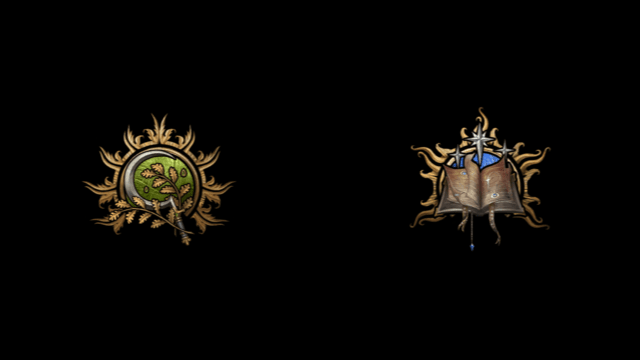
- Role in party: Spellcaster
- Pros: Able to learn high-level Wizard spells with minimal level investment.
- Cons: Extremely expensive. As in, gold expensive.
- Feats: Ability score improvement
- Important magic items: Warped Headband of Intellect, Markoheshkir
Similar to the Cleric build above, the Nature’s Scholar adds a splash of other magic to the Druid’s rather specific list. However, this build focuses more on abusing the scribe scroll system and the Wizard’s excellent level two options.
The build
Get a level in Wizard early, but focus almost everything else on Druid. You can get your second Wizard level whenever you’d like to manipulate dice rolls. Race and background matter little here, though a Gnome start will make you a very strong anti-mage. Folk Hero likely works best with our statline.
Our Ability Scores, much like Lightning’s Bite, will be DEX 14, CON 16, WIS 16. This will give us tolerable AC in medium armor and good health. We actually don’t care much about our Intelligence, thanks to an early game item called the Warped Headband of Intellect that we can wear to boost our Wizard spells.
Our subclasses will be Circle of the Land and Divination. Circle of the Land lets us recover spells easier, while the Divination School is great for Portent, an ability that lets you replace two dice rolls per day. Make them count.
Our Land spells will be Underdark all the way. Wizard will give us access to Haste, so we’ll focus on giving our Druid spells which force saving throws. The more that use Wisdom, the better.
Wizard spells that you learn by default should be ones that have no saving throw. Spells like Sleep, Magic Missile, Shield, and Protection from Good and Evil are great examples. You’re going to want to save some money for a Scroll of Haste since that’s a big reason we’re getting Wizard in the first place. You’ll never be a strong enough Wizard to learn that by default, so you’ll need to scribe it.
Cantrips include Fire Bolt, Guidance, Resistance, and Mage Hand. Other Druid cantrips aren’t exceptionally strong, so feel free to take whichever ones make the most sense for your party.
Items for this build are similar to the Lightning’s Bite build. You just want your spell save DC to be as high as possible. That comes from a myriad of items, such as Helldusk Gloves or Armor of Landfall. Unlike the Lightning’s Bite build, this Druid functions as a more generic support spellcaster. Feel free to run various magic items to buff allies, like the Whispering Promise to buff when healing.
Uses
This build focuses on using Druid spells to lock enemies down and Wizard spells to buff allies. Spike Growth can put melee-focused AI into complete and utter flux, while Plant Growth forces enemies to take terrible paths to get to you. Haste is an excellent spell for any character—caster or not—which makes that character so much more effective at dealing with problems.
Try to use your spells wisely. You get about six additional spell levels, which should primarily go into level three or one spells. In cases where you want to deal slightly more damage, use Haste and Wild Shape to become a fast Owlbear. Show them that it wasn’t a good idea to mess with you.
Out of combat, swap to problem-solving spells like Grant Flight or Speak with Animals. You’ll be hoarding all of the scrolls, and this build will easily put your group down several thousand gold. Make sure you’re casting spells and making yourself worth the price tag.
Others Asked
What is the recommended subclass for Bards in Baldur's Gate 3 and what benefits does it provide?
The recommended subclass for Bards in Baldur's Gate 3 is the College of Valor. It provides benefits such as Medium Armor Proficiency, Shield Proficiency, Martial Weapon Proficiency, and Combat Inspiration, which adds bonuses to allies' Attack Rolls, Ability checks, Armor Class, weapon damage, or Saving Throws. It also grants an Extra Attack at level six.
What does multiclassing allow you to do in Baldur's Gate 3?
Multiclassing in Baldur's Gate 3 allows you to take abilities from different classes and apply them to the one you started the game with, while maintaining the proficiencies and abilities of your existing class.
When does a Druid choose their subclass in Baldur's Gate 3?
A Druid chooses their subclass, known as Circles, at Druid level two in Baldur's Gate 3.


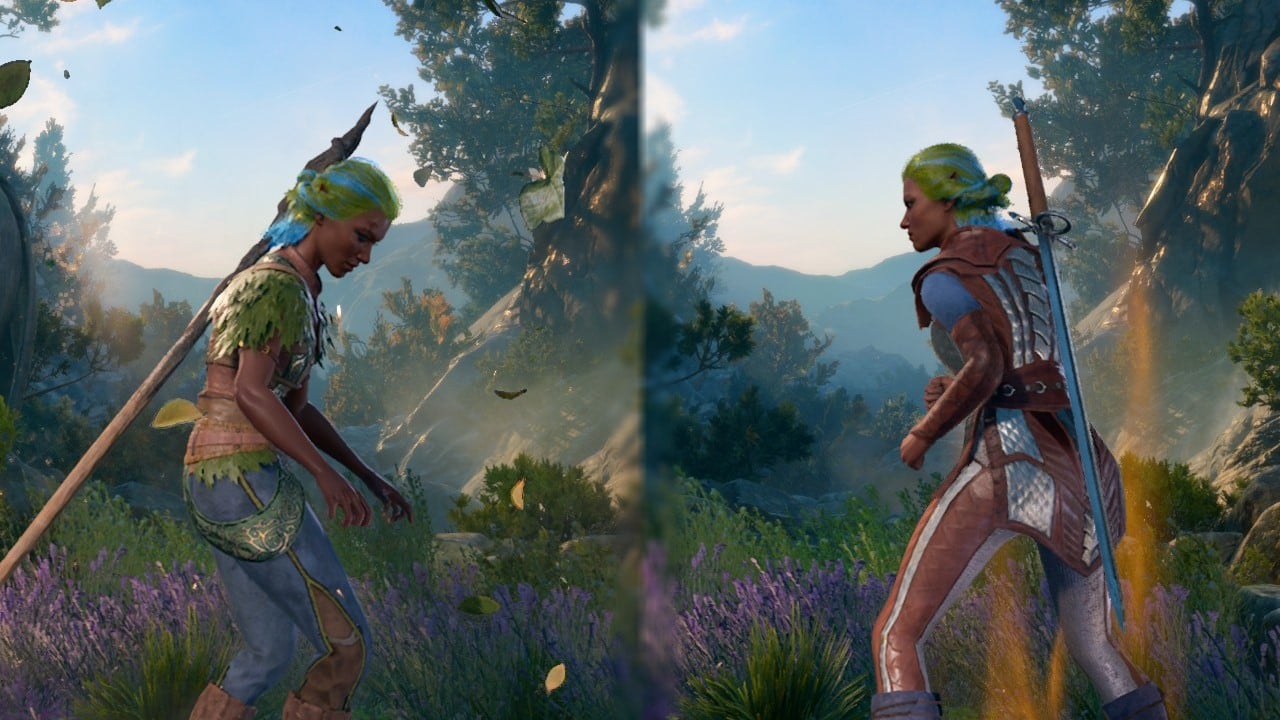
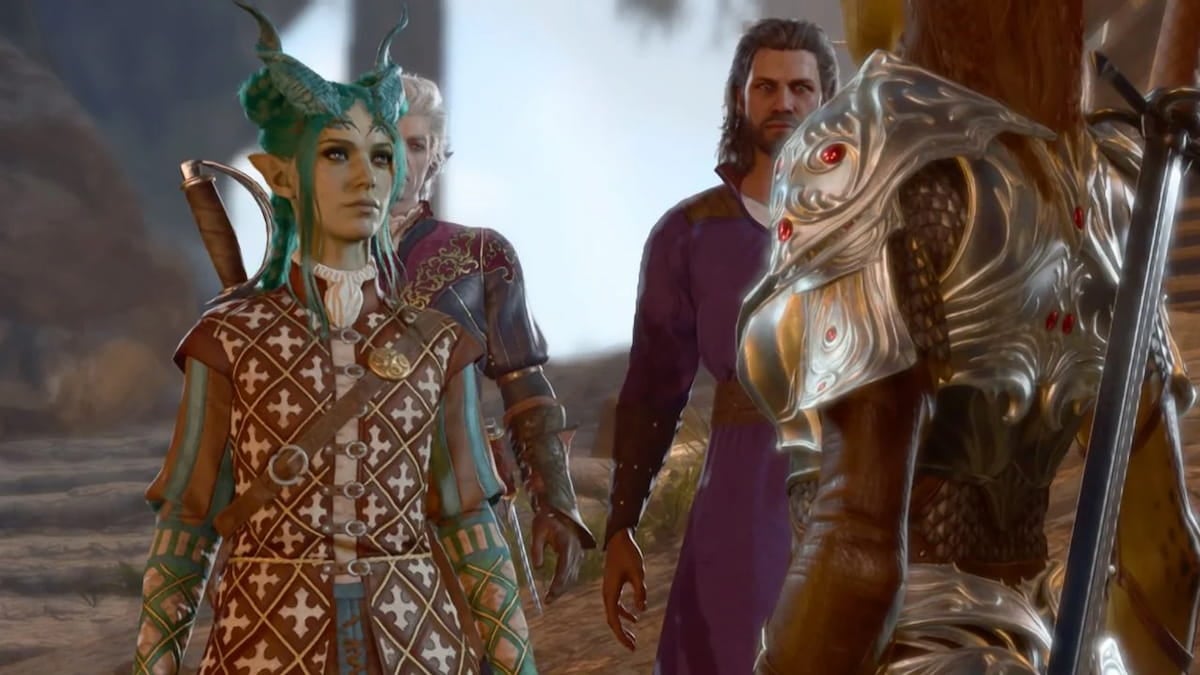
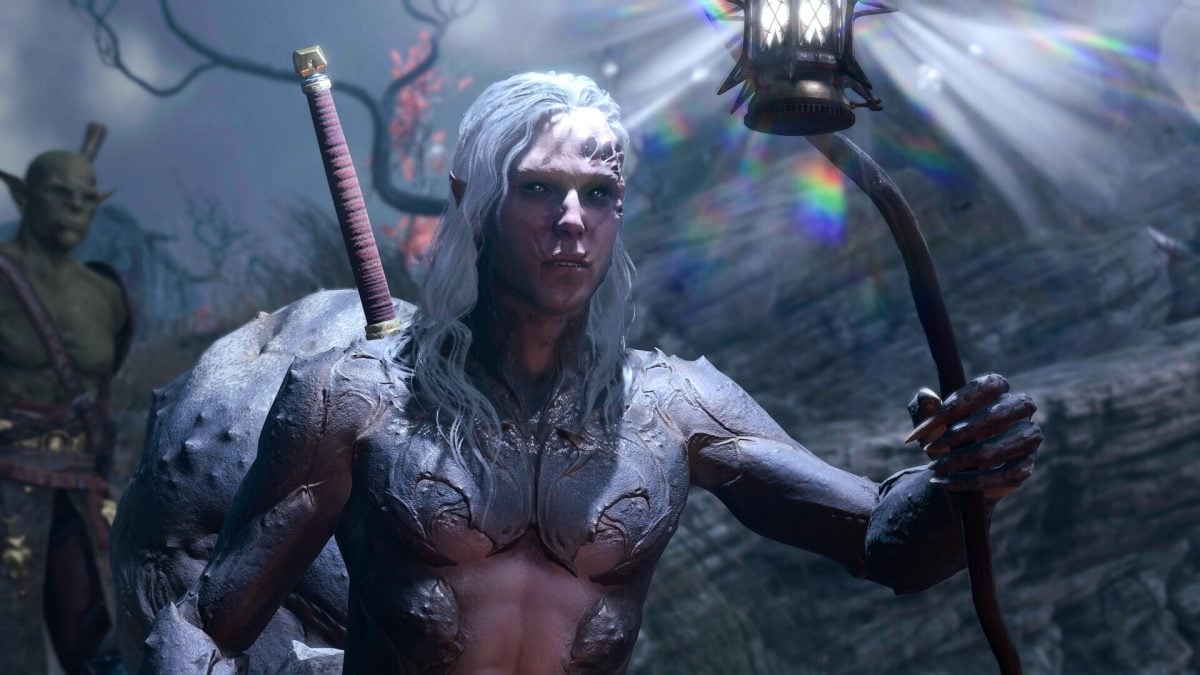

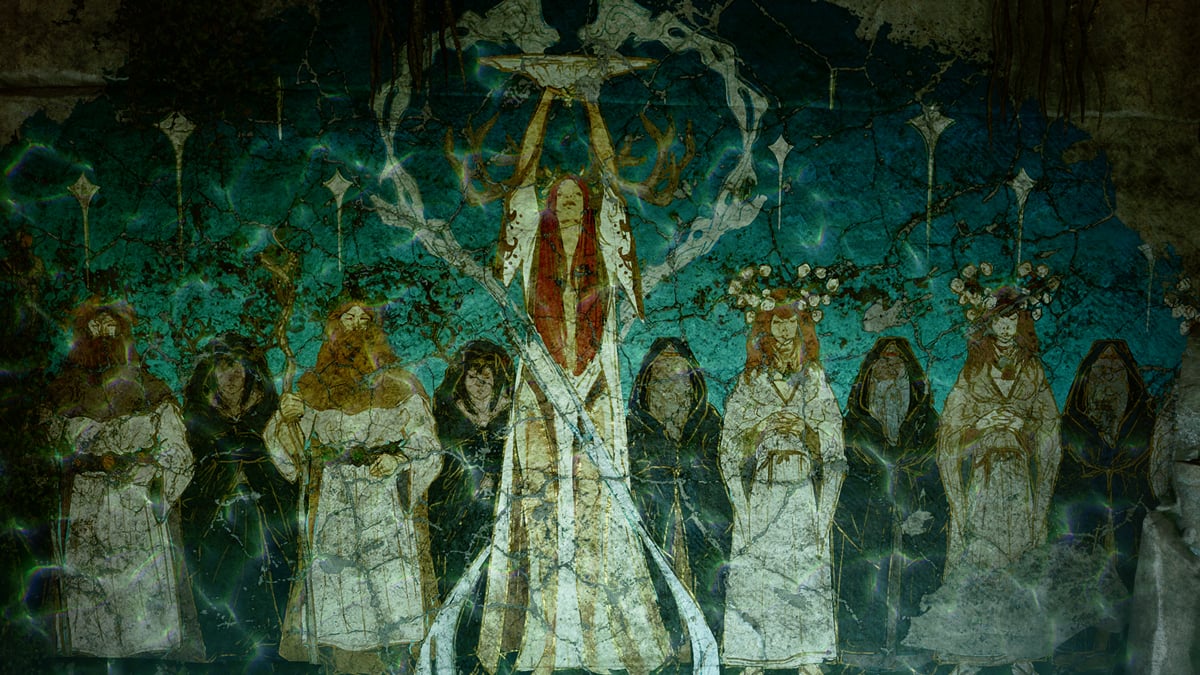
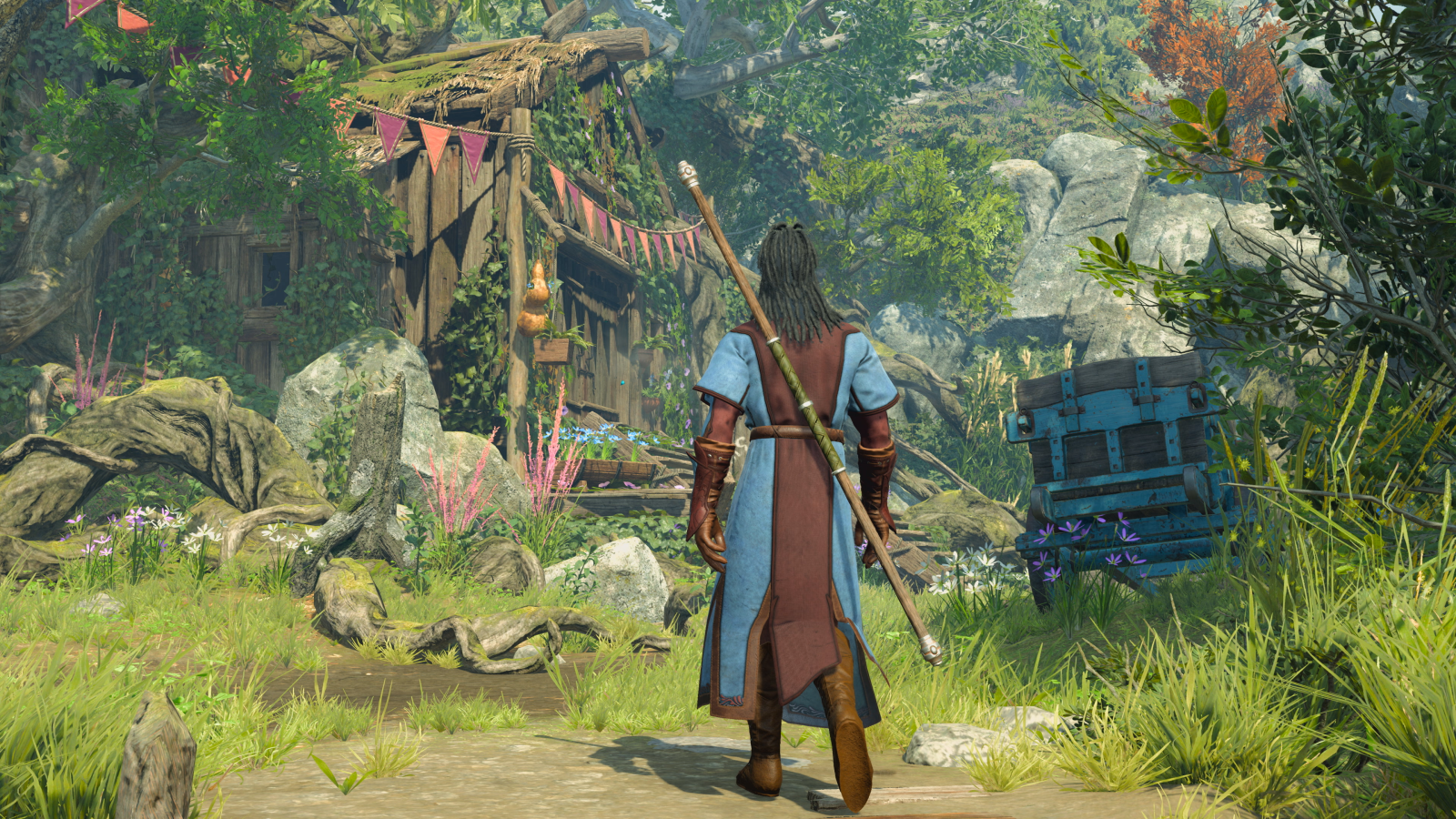

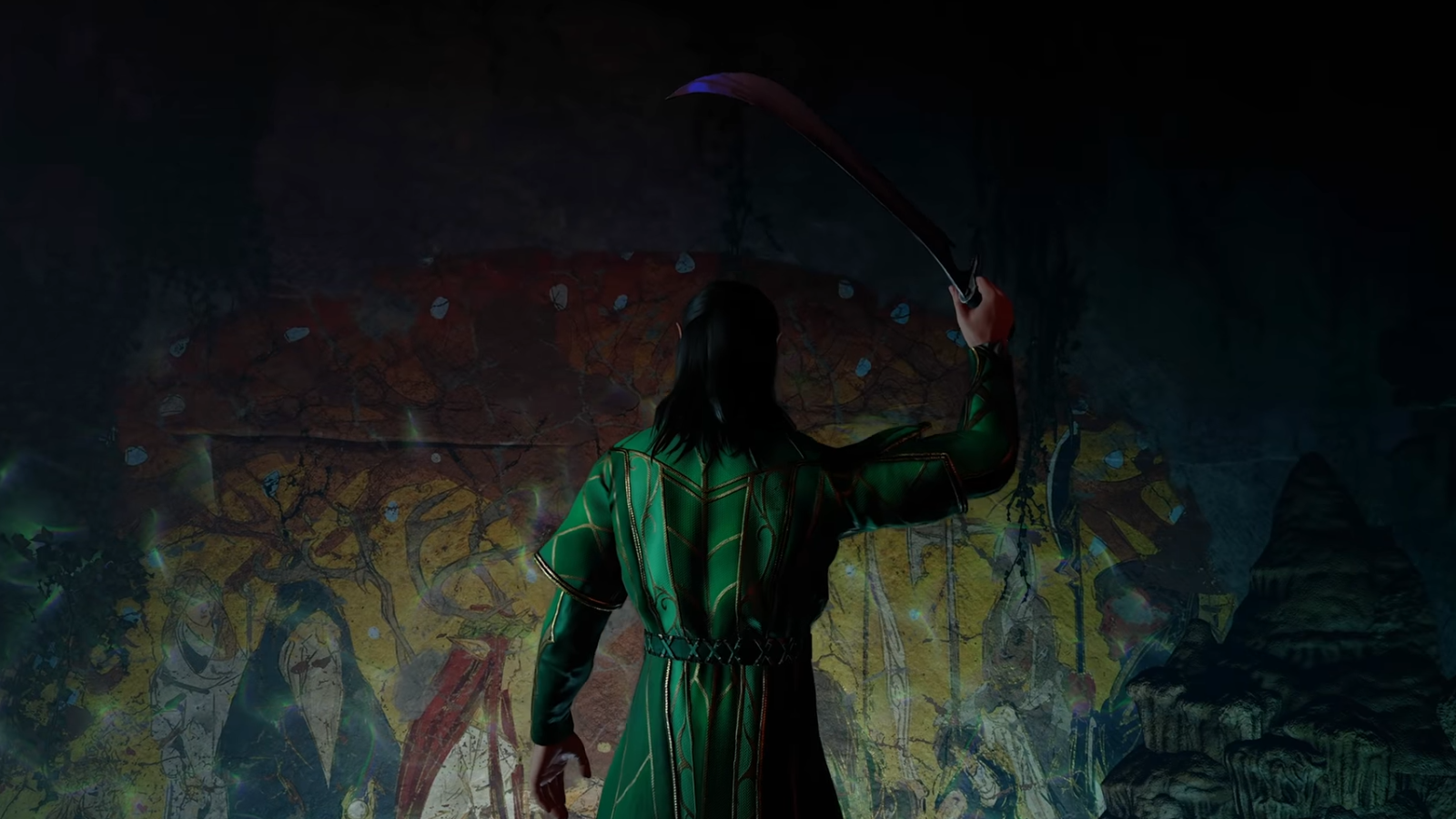
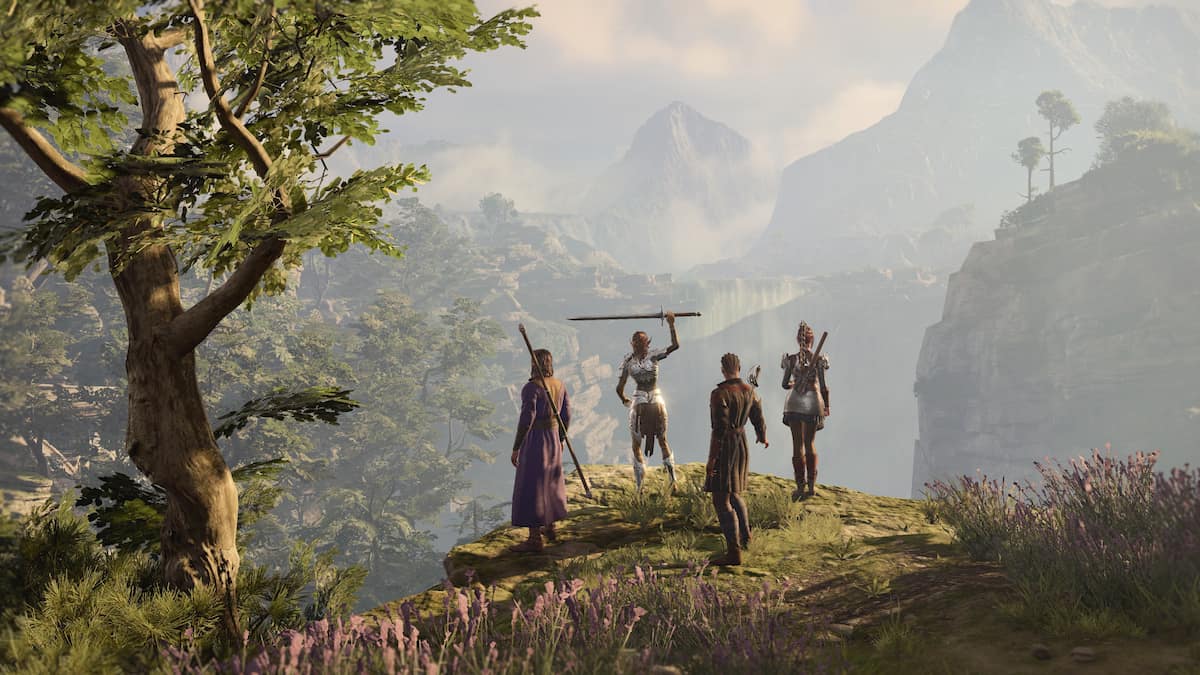

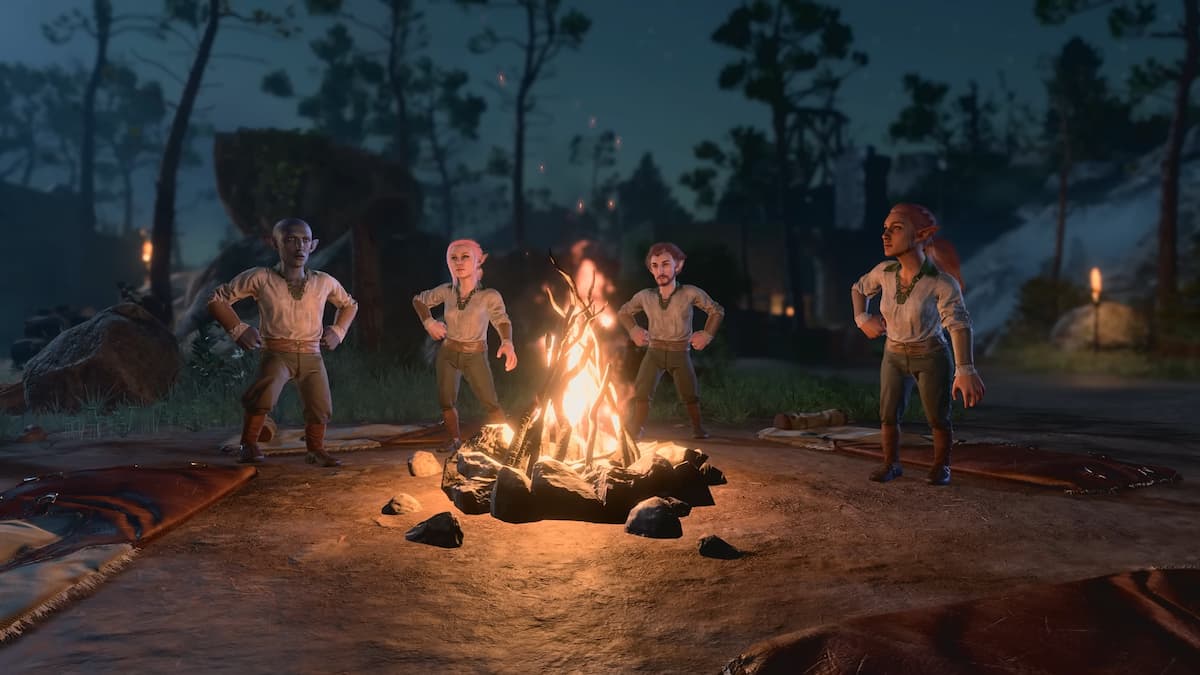


Published: Jan 19, 2024 11:38 am